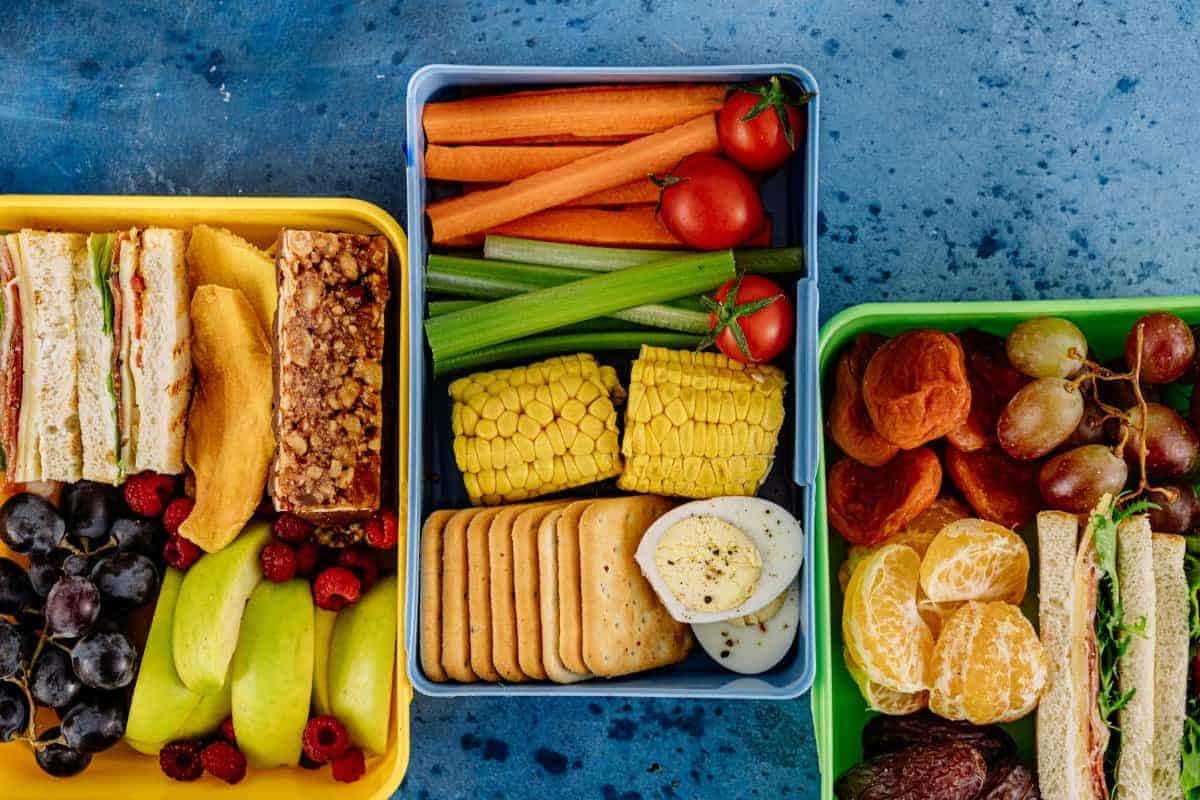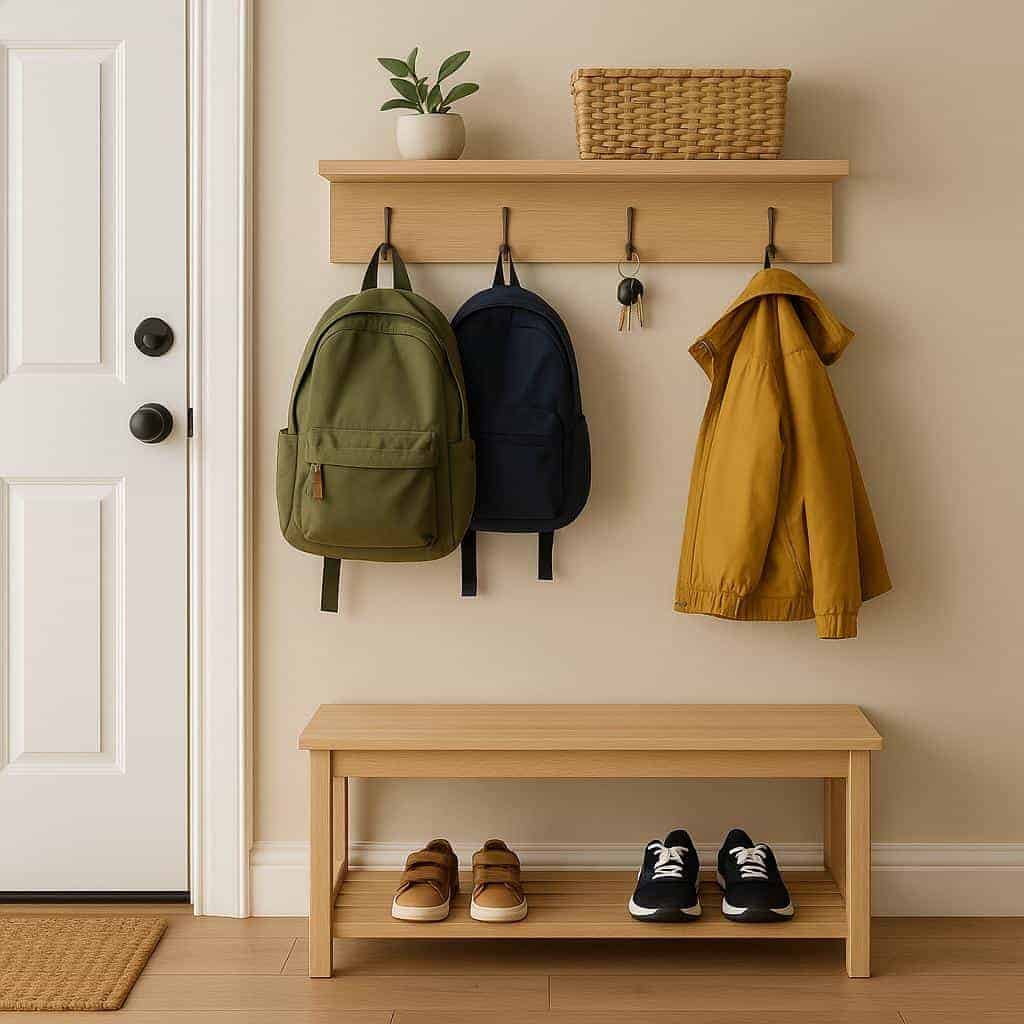School Mornings Don’t Have to Suck: 12 Hacks That Actually Work
Let’s face it—school mornings can be chaotic, stressful, and sometimes downright miserable. Between lost homework, missing shoes, and groggy kids, it’s no wonder so many families dread the start of each day. But what if your mornings didn’t have to be a mad dash? Imagine a routine where everyone knows what to do, feels calm, and actually starts the day with a smile. This isn’t just a dream. With a handful of smart, practical hacks, you can turn even the roughest mornings into something manageable—and maybe even enjoyable. Here are 12 tried-and-true tips that really work, making school mornings smoother for the whole family.
1. Prep the Night Before

The secret to stress-free mornings often starts the night before. Take ten minutes in the evening to organize backpacks, lay out clothes, and prep lunches. This simple habit helps eliminate frantic searches for missing items and last-minute decisions. Imagine a morning where everything is ready to go—no hunting for socks or scrambling to make a sandwich. A little extra effort before bed sets the stage for a smoother, calmer start that benefits everyone in the house.
2. Use a Visual Schedule

A visual schedule can be a game-changer for keeping mornings on track, especially for younger kids who thrive on structure. Try checklists, picture charts, or magnetic boards to outline each step—like brushing teeth, getting dressed, and grabbing breakfast. Unlike constant verbal reminders (which can start to sound like nagging), visual cues empower kids to take charge of the routine themselves. This not only reduces arguments but also builds independence and confidence as they check off each completed task.
3. Create a Morning Playlist

Upbeat music can instantly energize sleepy mornings and set a positive tone for the day. Build a morning playlist with songs that align with your routine—one for waking up, another for breakfast, and so on. This approach acts like a series of gentle cues, similar to using alarms, but much more fun and less jarring. Kids quickly learn to associate certain songs with specific tasks, keeping everyone moving and on schedule without constant reminders.
4. Keep Breakfast Simple (But Fun)

Breakfast doesn’t have to be elaborate to be healthy or enjoyable. Opt for easy yet nutritious options like overnight oats, yogurt with fruit, or smoothie packs you prep in advance. Compared to cooking a full breakfast, these grab-and-go choices save precious time and reduce stress on busy mornings. Add a little fun by letting kids choose toppings or mix-ins. Simple breakfasts keep everyone fueled and on schedule—without sacrificing taste or nutrition.
5. Set Up a Launch Pad

A launch pad is a simple but brilliant way to keep mornings smooth. Designate a spot by the door for essentials—backpacks, shoes, keys, and jackets all go here. This single space means no more frantic searching for lost items or scattered belongings as everyone heads out. Compared to chasing after misplaced shoes or forgotten lunchboxes, a launch pad brings order and calm, helping everyone get out the door faster and with less stress.
6. Limit Screen Time Until Ready

Screens can be a major distraction during the morning rush, often causing delays and last-minute scrambling. Try making screen time—whether it’s TV, tablets, or phones—a reward for being completely ready to go. Kids tend to move faster and stay on task when they know their favorite show or game is waiting as a treat. Families often notice a dramatic boost in productivity when this rule is introduced, compared to the sluggish pace that screens can create.
7. Use Timers and Alarms

Setting timers for key tasks can keep everyone on track and minimize dawdling. A simple kitchen timer or digital alarm can signal when it’s time to finish breakfast or give a five-minute warning before it’s time to leave. App-based reminders are another great option, especially for older kids with smartphones. Compared to vague reminders, clear signals help everyone stay focused and move smoothly from one task to the next.
8. Make Getting Dressed a Game

Turning the routine of getting dressed into a fun challenge can make a huge difference. Try a friendly race—who can get dressed first, or who can put on socks and shoes the fastest? This playful approach injects enthusiasm and energy into what’s usually a tedious task.Kids are much more likely to participate willingly when it’s a game, compared to the resistance and eye-rolling that often come with constant nagging.
9. Have a Go-To Outfit for Emergencies

Keeping a backup outfit ready to grab can be a real lifesaver on hectic mornings. Whether it’s a sudden spill or indecision about what to wear, having a pre-chosen set of clothes eliminates the need for last-minute debates. Compared to the time wasted sifting through drawers and negotiating outfit choices, a go-to option means you’re out the door faster—and with much less frustration for everyone involved.
10. Delegate Age-Appropriate Tasks

Assigning age-appropriate responsibilities helps children build independence and makes mornings easier for everyone. Younger kids can help pack their own snacks or put lunchboxes in backpacks, while older children might feed pets or double-check the family calendar. Delegating these simple tasks not only eases the adult workload, but also gives kids a sense of ownership in the morning routine. It’s a win-win: your children learn valuable skills, and you gain a little extra breathing room.
11. Keep Essentials Stocked

Having backup supplies—like extra pencils, snacks, and travel-sized toiletries—can save the day when time is short. A small stash in a drawer or basket means no more frantic hunts for a missing glue stick or forgotten granola bar. Compared to mornings spent searching through clutter or running out last minute, easy access to essentials keeps the routine flowing and everyone much calmer.
12. Build in a Buffer

Plan for a 10-15 minute buffer in your morning routine to handle the unexpected—spilled juice, missing homework, or a slow start. Arriving early brings a sense of calm and gives kids time to settle in, compared to the anxiety and chaos of always running late. Use any extra minutes for a quick chat, a short story, or simply to breathe—turning spare time into a positive start instead of a panic.
Conclusion

School mornings don’t have to be a daily struggle. With a handful of intentional habits—from prepping the night before to building in a buffer—you can make mornings smoother, calmer, and even enjoyable for the whole family. Remember, you don’t have to overhaul everything at once. Try a few of these hacks, see what works, and build from there. Progress is far more important than perfection. Start small, keep it consistent, and celebrate each little victory. You might be surprised by how quickly your mornings transform!
.article-content-img img { width: 100% }




